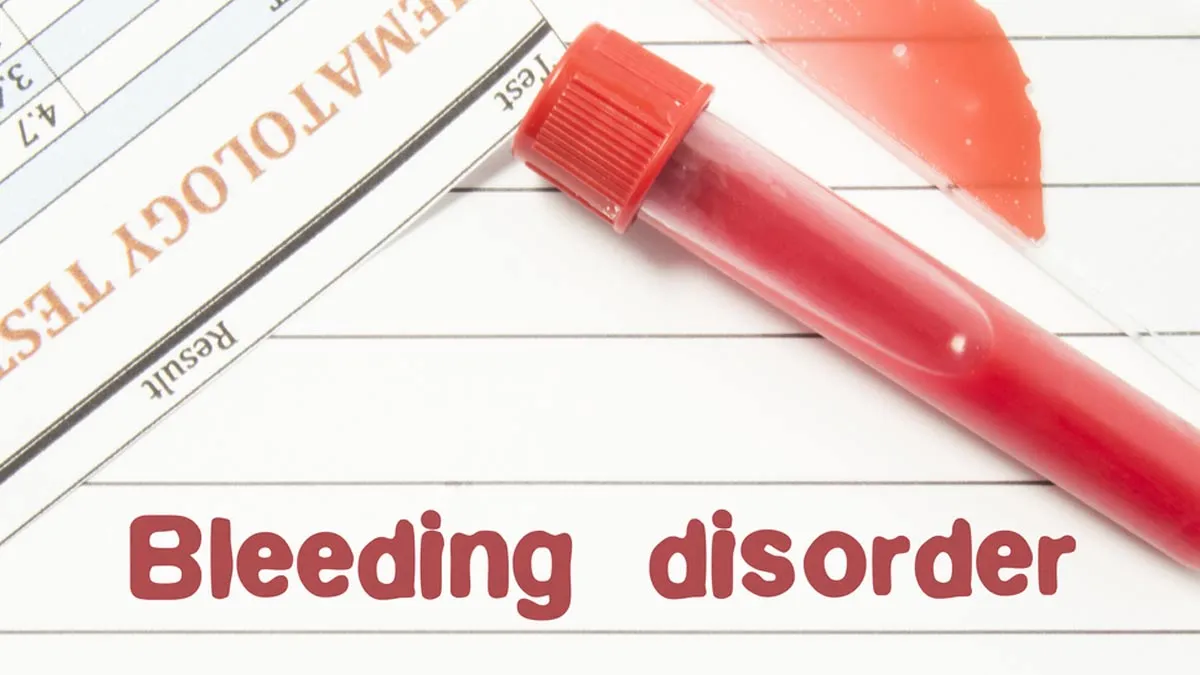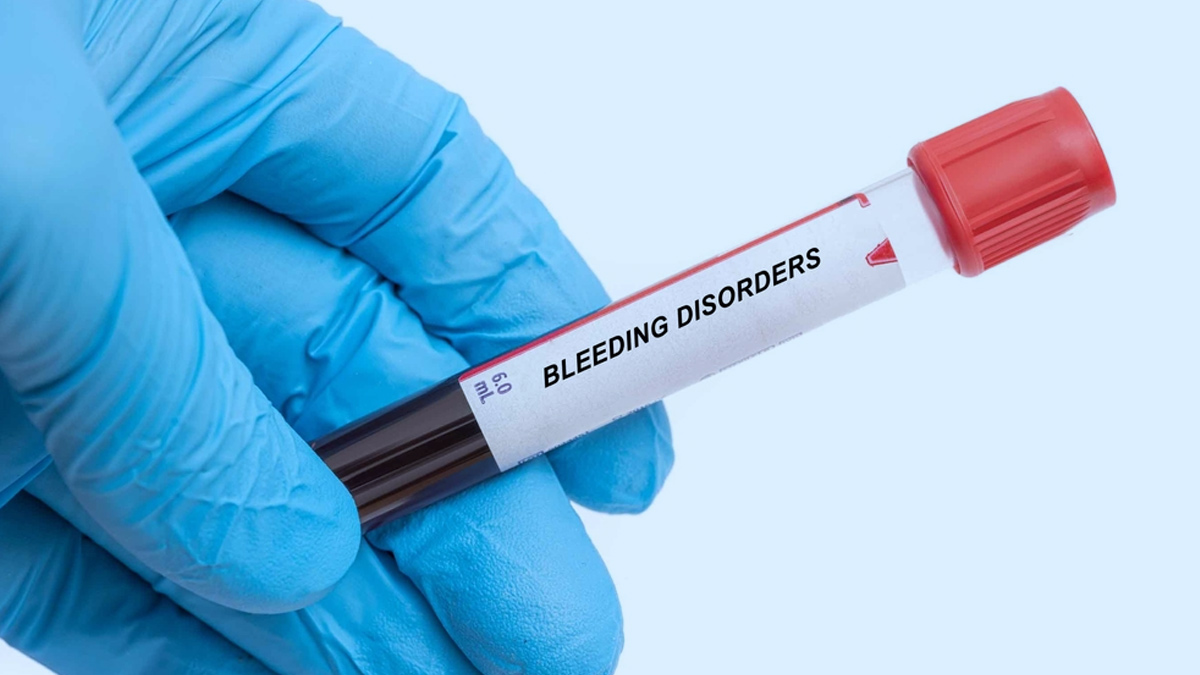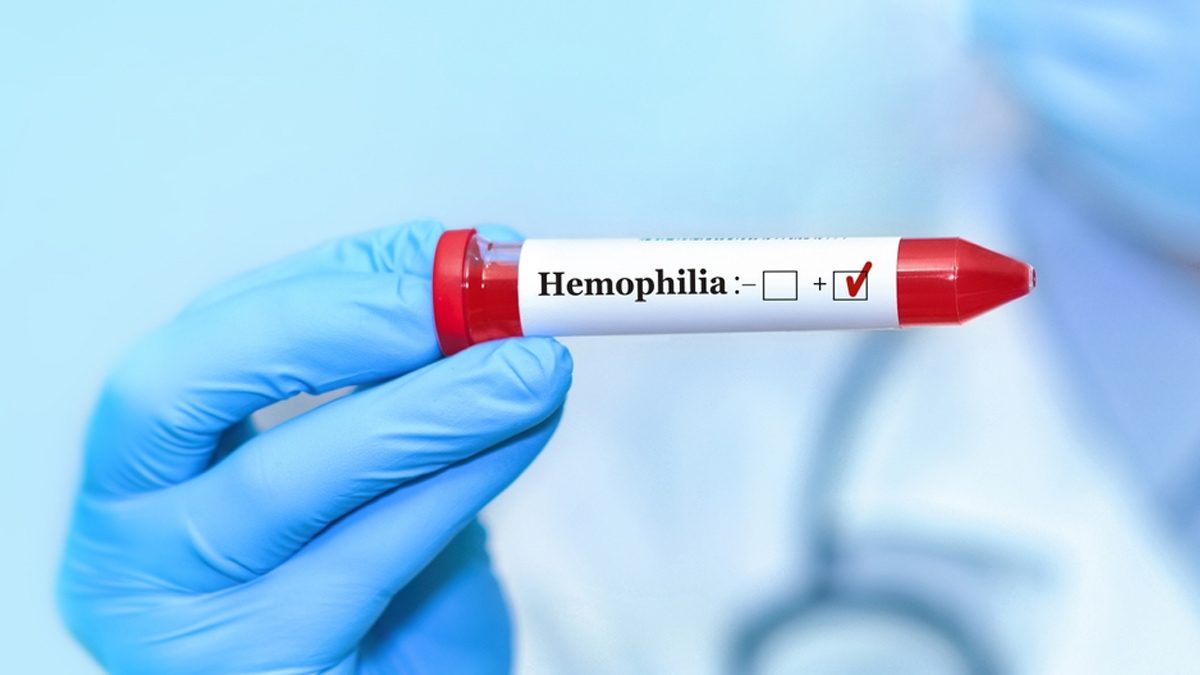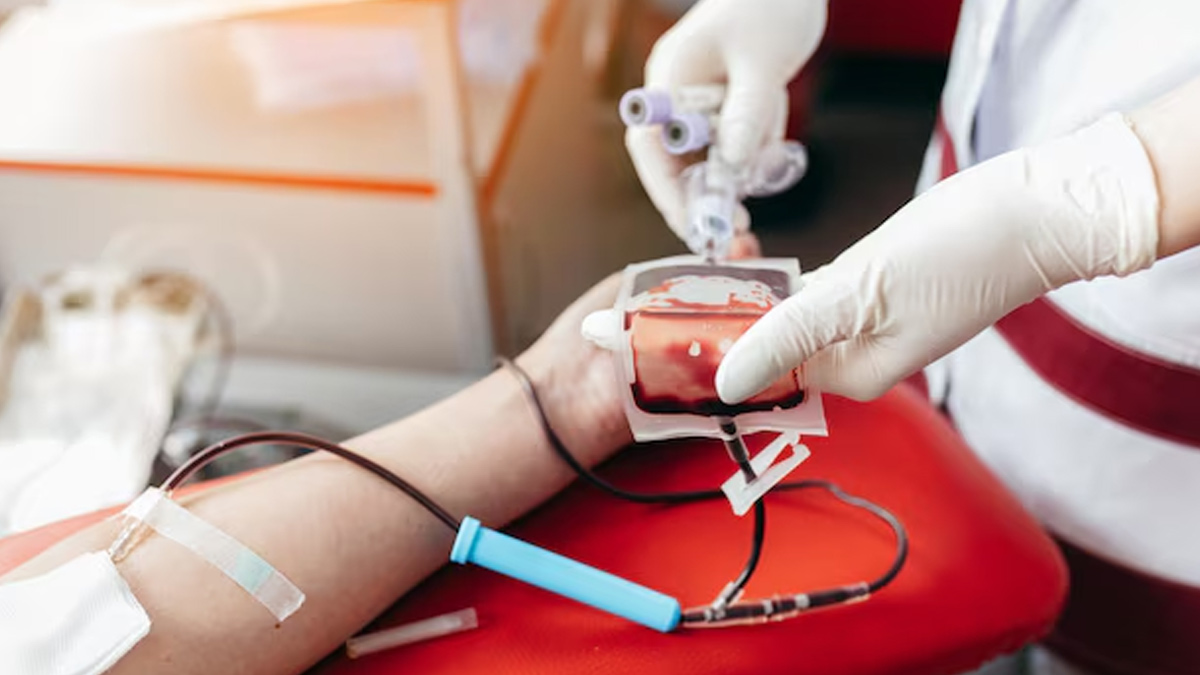
Have you ever had a small cut that wouldn’t stop bleeding? Now imagine if that happened every time you got a bruise or a nosebleed, even from something as minor as bumping into a table. That’s the reality for people with bleeding disorders. They must be extra careful in situations most of us wouldn’t think twice about. Among these disorders, haemophilia is one of the most well-known, but it’s also one of the most misunderstood. It’s not just about 'bleeding a lot'; it’s about how the body lacks certain proteins needed to stop bleeding completely.
Table of Content:-
On this World Haemophilia Day, observed on 17th April, we spoke to Dr Sujata Manoj Sharma, Associate Professor, (Paediatrics) and In-charge, Division of Paediatric Haematology-Oncology and BMT, Lokmanya Tilak Municipal Medical College and Hospital, Sion, Mumbai, who explained how haemophilia is different from other bleeding conditions like Von Willebrand Disease (VWD).
What Are Bleeding Disorders?

Bleeding disorders are conditions in which blood does not clot properly due to the absence or deficiency of certain proteins called clotting factors. "Normally, when an individual sustains an injury, platelets (a type of blood cell) clump together to form a plug that helps staunch the bleeding. This plug is held together with specific proteins called clotting factors, and together, they prevent excessive bleeding and encourage healing," said Dr Sharma.
According to StatPearls, it is estimated that haemophilia occurs in approximately 1 in 10000 live births, with around 4 lakh individuals affected by this condition worldwide.
Also Read: How To Determine If Your Child Is At A Risk For Haemophilia?
What Makes Haemophilia Different?

Apart from haemophilia, VWD is another common inherited bleeding disorder in the country. Both these conditions have similar symptoms, such as easy bleeding, severe bruising, recurrent nosebleeds, excessive bleeding after injuries, and slow healing after surgery or other procedures. However, haemophilia is different due to several reasons:
- Haemophilia occurs due to a deficiency of the clotting factors VIII and IX, whereas VWD occurs due to a deficiency or dysfunction of the von Willebrand factor.
- Haemophilia predominantly affects males as the condition is linked to a genetic change on the X chromosome. As females have two X chromosomes, the haemophilia gene does not cause the disease in them. However, they become carriers of the condition. As males carry one X and one Y chromosome, they are far more likely to develop this condition if the mother is a carrier. All daughters of males with haemophilia will be carriers of the condition, while their sons will not be affected. In contrast, for female carriers, there is a 50% chance that their sons will develop the disease, while their daughters will become carriers.
In the case of VWD, both men and women can develop this condition, as it is not linked to the X chromosome. Any parent can pass down this condition to their children. People may develop it even if their parents do not have the condition but carry the gene responsible for it.
"In cases of severe haemophilia, the joints of the patients become inflamed and swollen due to heavy internal bleeding. It can also affect other organs, such as the liver, spleen, and kidneys. In some cases, the bleeding occurs inside the skull, which can be life-threatening. While most cases are inherited, around 30% of cases occur even though there is no family history," explained Dr Sharma.
Also Read: Tiny Bleeds With Severe Consequences: Expert Explains Microbleeds In Haemophilia Patients
How To Treat Haemophilia?

The only way to treat this condition in the past was to provide blood transfusions during bleeding episodes. However, today, there are newer treatments available that do not just stop bleeding but prevent such episodes in the future. "This form of therapy is called prophylaxis and involves administering the missing clotting factors or other treatments which promote clotting. Prophylaxis has become the gold standard in managing haemophilia, improving patients’ quality of life, and preventing spontaneous bleeding," added Dr Sharma.
Bottomline
Dr Sharma concluded, "While haemophilia and VWD are both inherited bleeding disorders, they differ significantly. Being a rare disease, haemophilia is extremely challenging to diagnose, and often, patients are left debilitated. However, newer prophylactic treatments provide them with hope to live their lives to the fullest with confidence and joy. If you or someone you know has been diagnosed with haemophilia, speak to a healthcare professional to learn more about how prophylaxis can help."
[Disclaimer: This article contains information provided by an expert and is for informational purposes only. Hence, we advise you to consult your professional if you are dealing with any health issue to avoid complications.]
Also watch this video
How we keep this article up to date:
We work with experts and keep a close eye on the latest in health and wellness. Whenever there is a new research or helpful information, we update our articles with accurate and useful advice.
Current Version